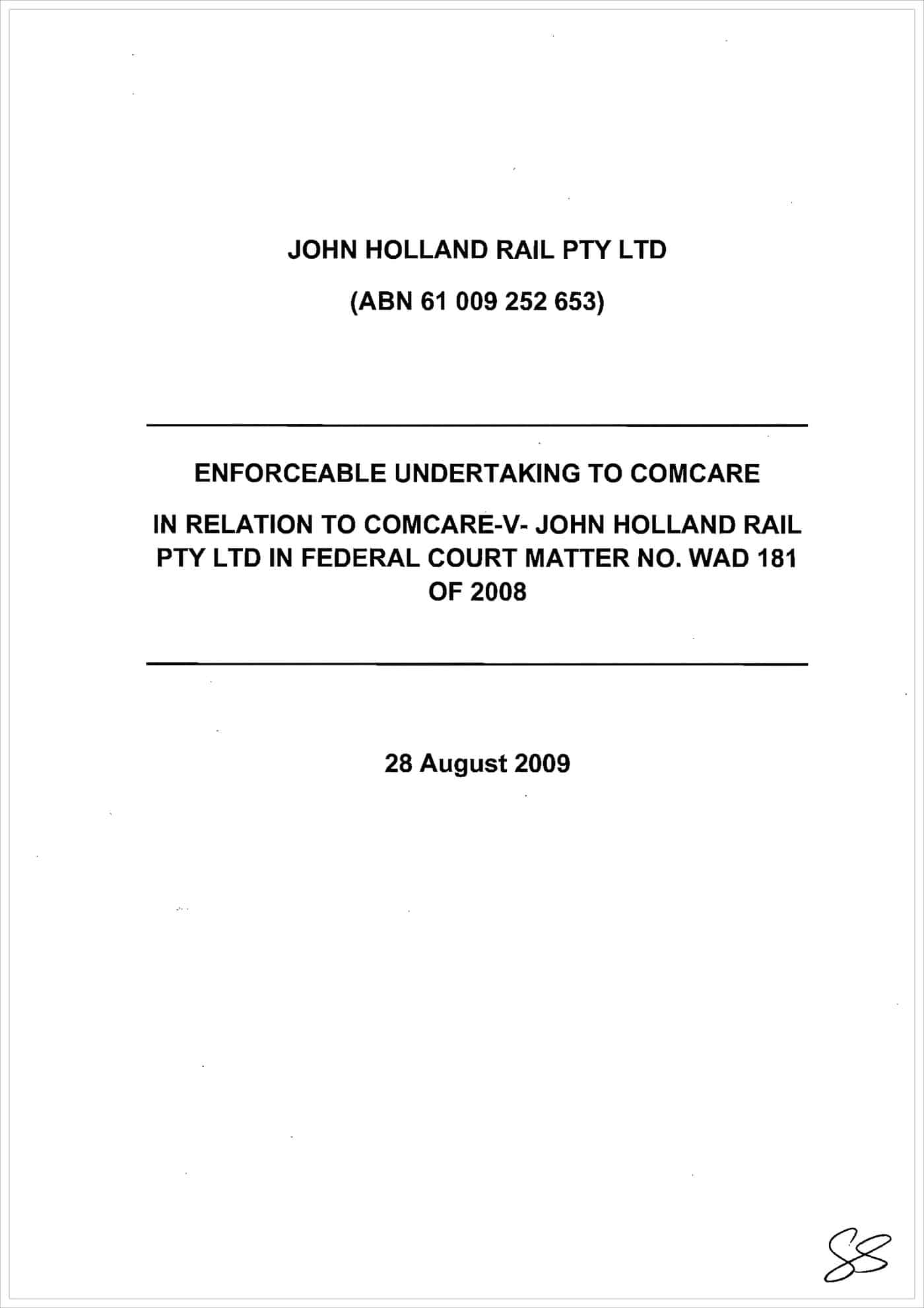Businesses, more often than not, place OHS as a subset of the Human Resources Department. This gives the HR manager considerable organisational clout but often keeps the importance of OHS constrained.
This structure may be functional but also reinforces that the belief that safety can be addressed in HR terms and that is not necessarily the case.
 The limitations can be illustrated through the cover story of the latest edition of Human Resources Leader, a weekly publication from LexisNexis. “People profit…and how to measure it” * is a very good article for the magazine’s intended readership of HR practitioners and recruiters. It discusses the need for more research into the links between corporate financial performance and employment engagement, “soft measures” and other “metrics” and several other personnel management concepts. It even provides a “formula for measuring Employee Lifetime Value (ELTV)”.
The limitations can be illustrated through the cover story of the latest edition of Human Resources Leader, a weekly publication from LexisNexis. “People profit…and how to measure it” * is a very good article for the magazine’s intended readership of HR practitioners and recruiters. It discusses the need for more research into the links between corporate financial performance and employment engagement, “soft measures” and other “metrics” and several other personnel management concepts. It even provides a “formula for measuring Employee Lifetime Value (ELTV)”.
One serious safety incident could blow all these metrics out of the water. The risk of injury or illness doesn’t seem to be calculated anywhere in the article. The costs associated with not managing safety seem to be well-established and tangible through medical costs + repair costs + rehabilitation costs + business disruption + workers compensation. Dr Ian Woods of AMP Capital Investors estimates injury costs equal an average 6% of profit.
If safety is an element of human resources management, there should be at least some (passing) mention of it, or its costs, in articles that try to measure people management costs. Omitting this business cost, or wellbeing threat, or continuity threat, or whatever phrase is fashionable at the time, does both safety management and personnel management a great disservice.
Safety is far more than just “health & wellbeing” – a truism that some in the HR sector, particularly the white-collar professions, tend to forget.
* a free login is required to access the magazine online


